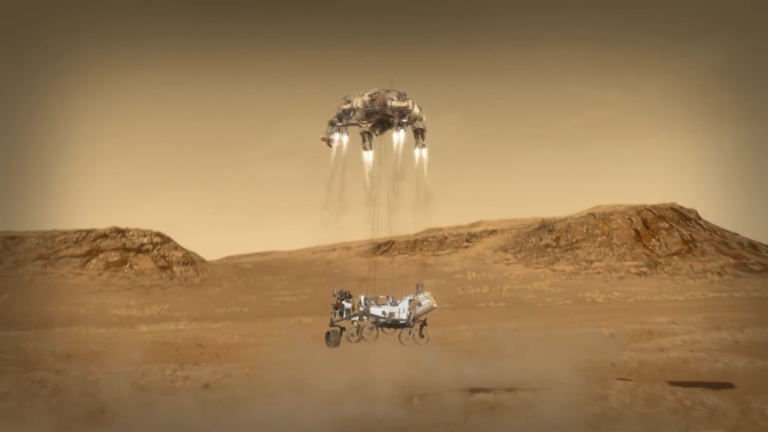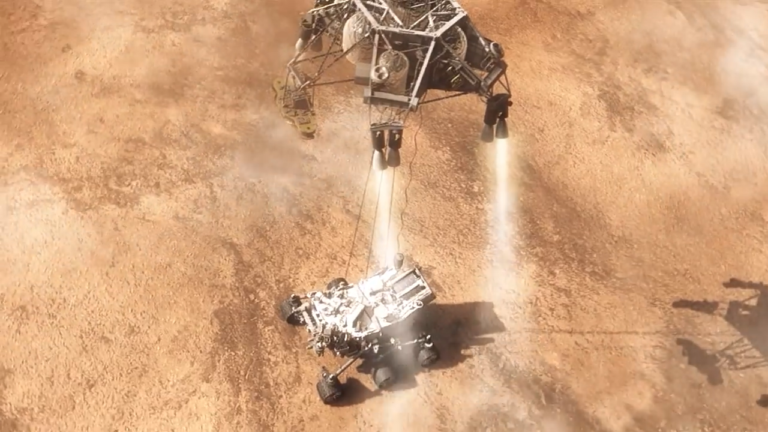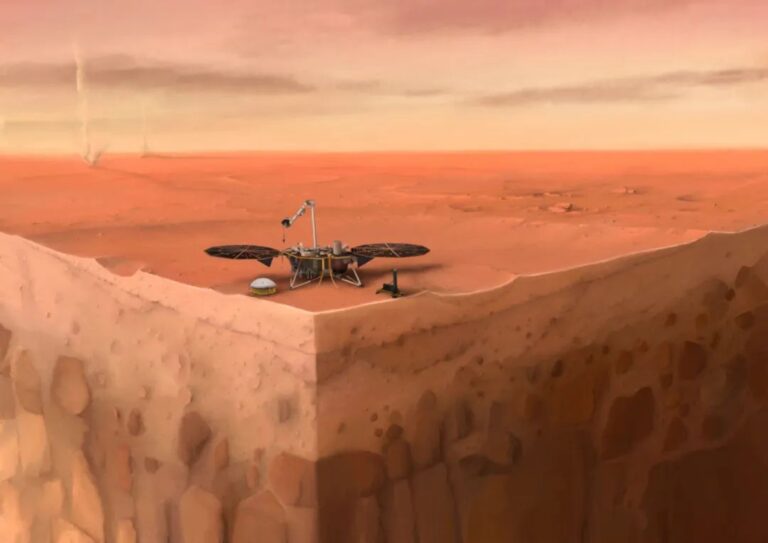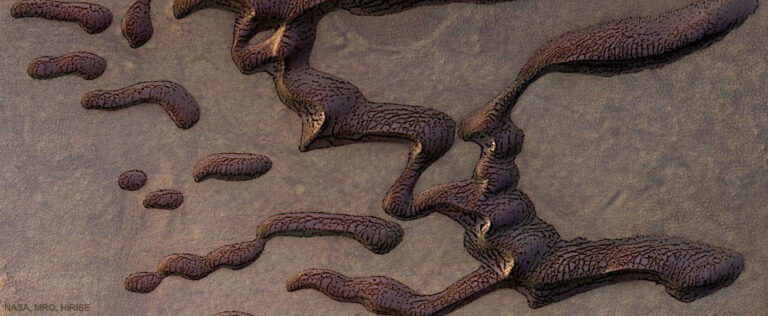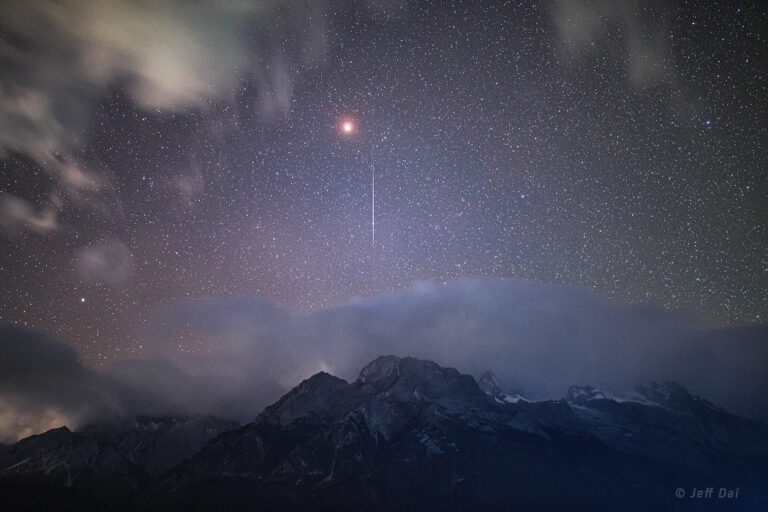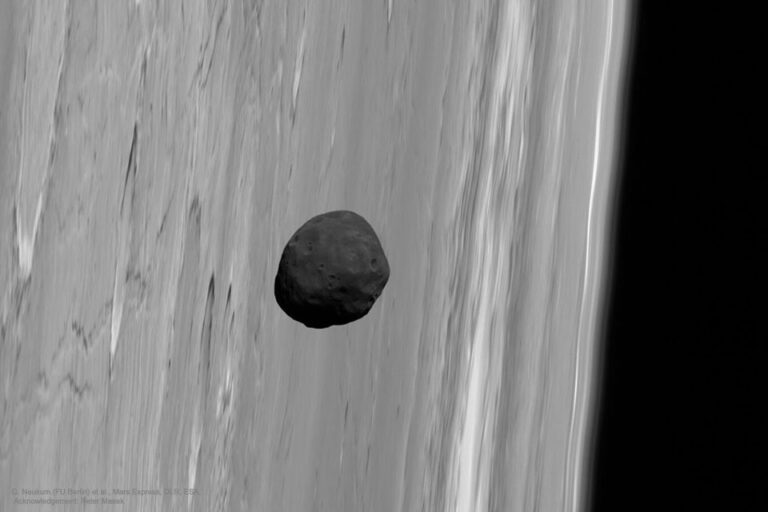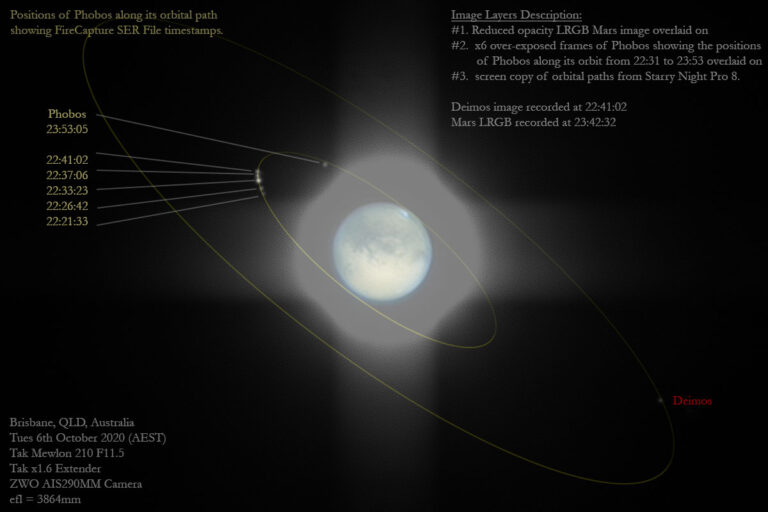毅力号:七分钟的火星之旅
2021年02月16日 Perseverance: Seven Minutes to Mars Video Credit: NASA, JPL Explanation: How hard is it to land safely on Mars? So hard that many more attempts have failed than succeeded. The next attempt will be on Thursday. The main problem is that the Martian atmosphere is too thick to ignore — or it will melt your spacecraft. On the other hand, the atmosphere is too thin to rely on parachutes — or your spacecraft will crash land. Therefore, as outlined in the featured video, the Perseverance lander will lose much of its high speed by deploying a huge parachute, but then switch to rockets, and finally, assuming everything goes right, culminate with a hovering Sky Crane that will slowly lower the car-sized Perseverance rover to…

